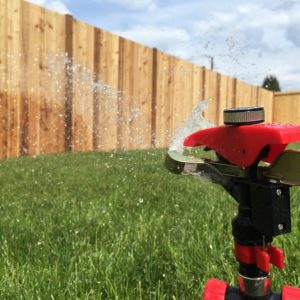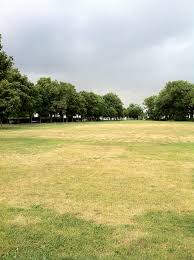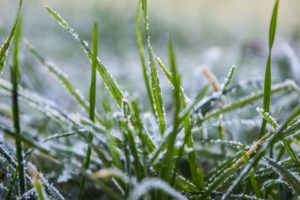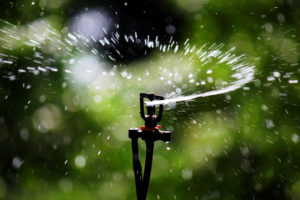Keeping Neighbor’s Weeds Out of Your Lawn
Nothing is quite so rewarding as a beautifully groomed, lush, weed free lawn. And nothing is quite as frustrating as having that jeopardized by an unkempt neighboring plot of weeds or a neighbor who doesn’t care much about landscaping. Weeds spread easily through roots, through seeds blown on a breeze, through dark magic. It seems no matter how careful we are about our own lawn, weeds outside our area always try to creep in. Because this is frustrating and heartbreaking all at once, we at VIRIDIS Lawn Care would like to offer a little solace and advice on how to minimize or (fingers crossed) prevent this misfortune.
Uncared for lots, whether owned or not, can cause the biggest struggle. Sparse grass leaves plenty of spaces available for weeds to flourish. And once a weed patch is established, it begins domination. It’s obviously impossible for you control someone else’s land but there are some measures you can take on your own property to minimize the damage.
No Bare Patches
First and foremost, make sure your landscape is thickly covered. Your grass should be dense, your beds should be mulched, walkways should be maintained. Seeds need a way to get to soil to grow. If you’re defenses are up, there is a much greater chance of fighting off the stray seeds arriving in your plot.
Not to mention, this is good practice regardless. Mulch and thick grass will reduce water needs and stress to roots. The landscape will appear more professional and be more enjoyable also.
Border the Land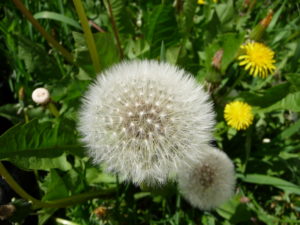
Building or installing any kind of border around your property will help keep weeds from entering. Consider trenches, shrubs, fences, rock walls, or ground cover as viable options to try. Weeds struggle to grow through rocks or in shady areas. Privacy fence can help block weed seeds blown on a breeze. Some fencing options can even be buried several inches deep to hinder the growth of weeds through their roots. Trenching allows you to pull the weeds that creep into the trench and mow right up to its edge.
If the neighboring plot is owned, you may want to discuss this with your neighbor as it will affect their property as well. Besides, it could be a great way to (courteously) bring up the problem their weeds are causing.
Diligence
No matter what, never stop fighting. The day you get discouraged, the day you get overconfident, that is the day the weeds will win. Pulling or treating them when they are small will prevent them from getting a foothold on your property. Hiring a professional lawn care service such as VIRIDIS Lawn Care will save you a lot of effort and will yield better results.
Communication
Obviously, if the offending property is unowned, this becomes more difficult but if there is a neighbor or landlord to speak to about the problem, do so. But do so kindly! Yelling will only cause problems. And no one wants their neighbors hand sowing dandelion seeds in their lawn under the cover of darkness.
Approach them with respect and neighborliness. It’s possible they don’t realize the problems their weeds are causing you or perhaps they don’t know how to fix the problem. Offer suggestions and your help.
Following these tips will hopefully help you resolve or at least prevent a few of the issues you’re having with your neighboring weeds. And don’t hesitate to give us a call at 801-367-9961 to come assist in the battle.

